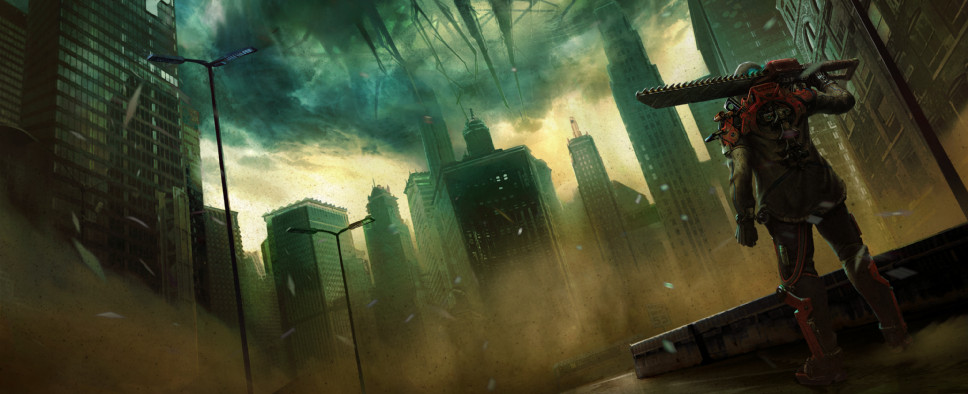The Surge 2 Interview
-
Category: News ArchiveHits: 1199

Deck13's Dark Souls-inspired sci-fi action-RPG The Surge 2 was showcased at this year's E3, and now WCCFTech offers their extensive interview with the game's director Jan Klose where he talks about the game's setting and story, its nefwound open-ended nature and custom protagonist, the combat improvements as compared to the original The Surge, and more. If you're interested in this particular sub-genre of action-RPGs, the game definitely sounds like something to keep on your radar. A few sample questions:
To start, could you give us a quick overview of The Surge 2’s story? When does it take place in relation to the first game?
The Surge 2 takes place a couple months after the first game, so we’re continuing the story. Of course, we’re no longer in this industrial setting of CREO Industries, but in Jericho City, where we’ll witness a lot of the effects of the mysterious power surge we witnessed in part one. As you can create your own character at the beginning of the game, there are different ways the story will evolve, depending on what character you pick. So, there’s not just one character anymore, we’re not playing as Warren, and we’ll encounter lots of characters that play a strong role in the story this time, and we can decide how to deal with them and how much we want to get involved in their stories.
It sounds like the story may have branching paths – what kind of choices will the player encounter?
In general you’ll follow one trail, but there’s lots more choice in what you want to focus on. Things you might want to leave out or dig into more. You can choose how you reach the end of the game. It’s not like we have totally different endings, but they will change depending on your actions, and there’s a lot of points where can make decisions. Not only in terms of quests or sidequests but also which enemies and areas you want to tackle first. So, there’s a lot of room for you to shape the story this time.
The Surge 2 looks a lot more open than its predecessor. What’s the scope of Jericho City? Would you consider it a full open world?
We wouldn’t consider it a completely open world, but it’s much more open than the first game. It’s also much more interconnected than the first game. Having this urban environment forces you to traverse the areas much more. It’s not a linear experience where you go from level to level, and maybe there’s some backtracking — you can really decide where to go and some levels naturally lead you back into other levels you’ve visited before. You have hubs where you can meet characters that you’ll revisit often. It’s a living environment and it makes sense for you explore, to find new stuff, to use new items you couldn’t use before. We also have a lot more verticality — you can play at street level, high up in buildings, and underground, and they’re all connected with one another, so you can quickly travel between locations.
[...]
How do the new more organic environments affect gameplay? Can they be used to the player’s advantage?
Yeah, as you could see with the Hunter enemies while using stealth you could track their movement by just looking at how the grass moves. This is stuff we like very much, so, the new tech we have for the game, we don’t want to just use it for visuals, we want to use it for gameplay. So, [the natural environments] can be used to your advantage or the enemy’s advantage.
During the demo, you mentioned enemies can now communicate and team up on you. What are some other ways enemy AI has improved?
The enemies are much more clever and agile. They’ll chase you and won’t be blocked by the level geometry. They can overcome obstacles, and use stuff like ladders and elevators. And, as mentioned, they can also communicate with one another, so everything will feel more alive. Not only for the enemies, but also for the player, who also has new options for traversing the game world.

